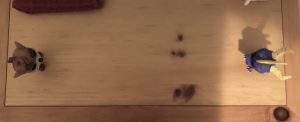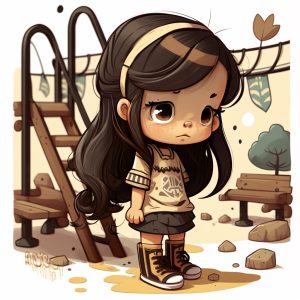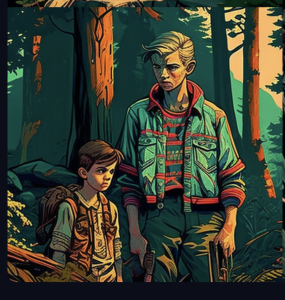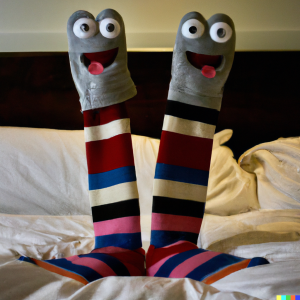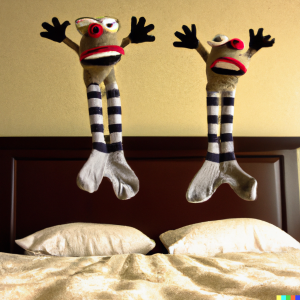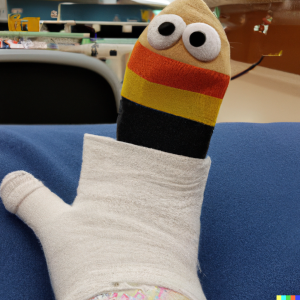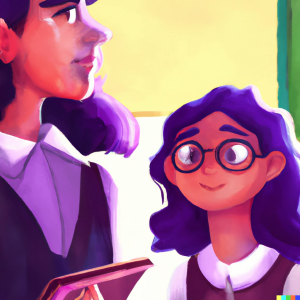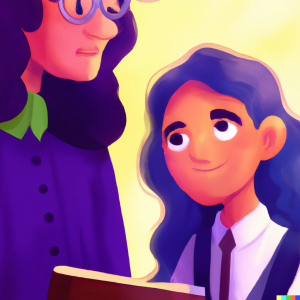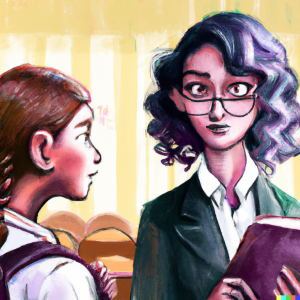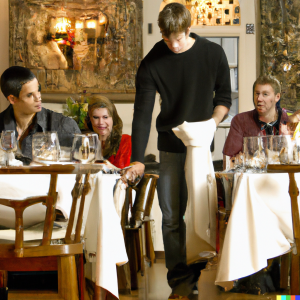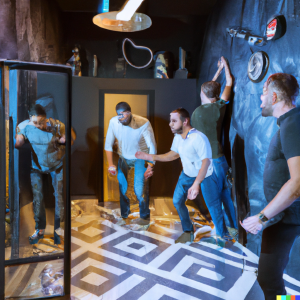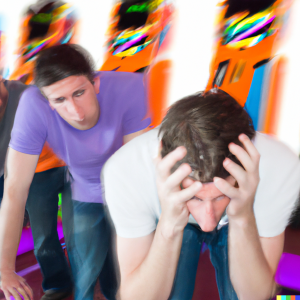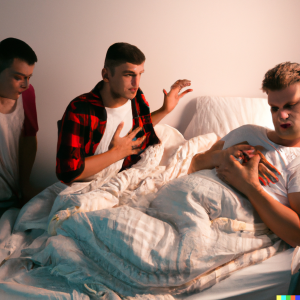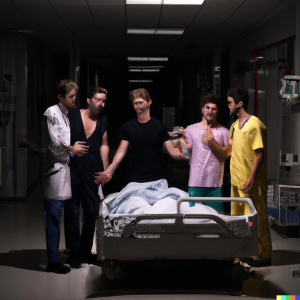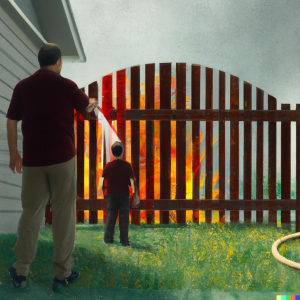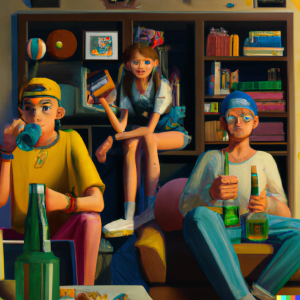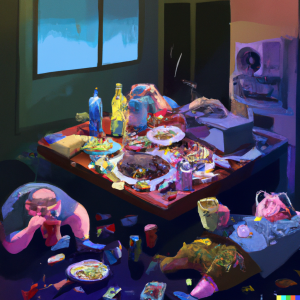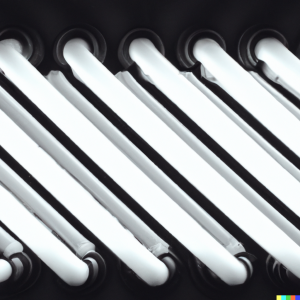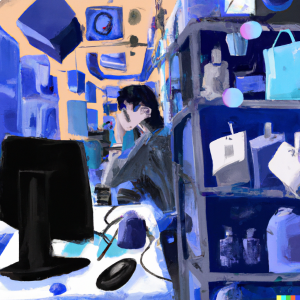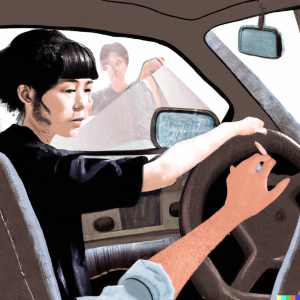After reading Scott McCloud’s explanation of the way that time and ambiguous spaces are interpreted within media, I’m excited to use his ideas in my own project; Even mediums like film that utilize visibly seamless methods of transmitting images rely on the brain to fill in gaps between the 24 frames per second, and I really liked how McCloud elaborated on the opportunities this provides us as storytellers. In comics (or a diagrammatic narrative), this split is infinitely more emphasized,
I especially thought his portrayal of “non-sequiturs” was fascinating and something I’d want to replicate. The contrast of two seemingly unrelated images that are obviously linked in some way is just a really potent narrative tool. Especially when working within a tighter timeframe and smaller scale story, using this method helps evoke meaning and interpretation with an economy of space.
A trope I love in comics or manga is an ending panel that recontextualizes the entire story- pulling away, geographically or chronologically, from the bulk of the narrative and revealing some new piece of information. In the end it’s all about showing and withholding information, and McCloud’s exploration of this idea has been inspiring for my own future work.







